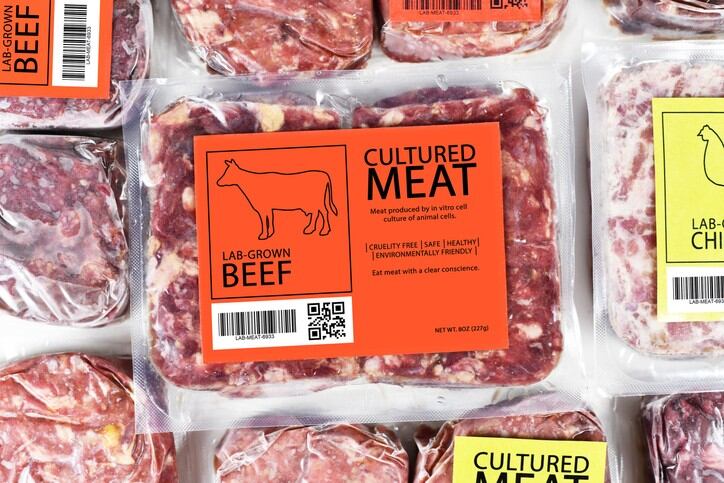Food and beverage supply chains in Australia were amongst the hardest-hit last year due to a high dependence on international passenger travel, which all but collapsed when the COVID-19 pandemic hit.
“COVID-19 taught us some very painful but important lessons about the vulnerabilities in our food supply chains and our dependence on global trade, reminding us of the need for more resilient, agile, purpose-driven supply chains,” Deakin University Industry Professor and Director of the Centre for Supply Chains and Logistics (CSCL) Dr Hermione Parsons said at the recent Food South Australia Summit.
“[One of these vulnerabilities was seen when] the collapse of international flights caused a major disruption for [Australian firms] exporting high-value exports due to a long-term reliance on spare cargo space in passenger planes at a very discounted pricing.
“[Post-pandemic], people should not be relying on freight rates returning to what they were previously – Australia has a tyranny of distance, which was only overcome previously by having the third-most travelled people worldwide using airlines, but now these airlines have realized [the value of their] cargo space and how heavily discounted these were to export goods, so things are not going back to before and we need to look at other possibilities.”
In this sense, Dr Parsons pushed for food firms to be more accepting of collaborations when it comes to freight and logistics, and to come up with strategies that would make these more efficient.
“Companies are going to need to work together, even with those which they would have previously considered as competitors or rivals,” she said.
“High levels of collaboration will be necessary [when it comes to strategies such as] land-bridging (the establishment of collection and distribution hubs in key places to allow carriers to amass and consolidate shipments), pursue an intermodal model (combining multiple modes of transport such as maritime, road and rail to cost effectively shift foods on longer routes with fewer transfers) and especially when it comes to collaborative freight.
Collaborative freight refers to the consolidation of shipments between different firms, and such a strategy is likely to most benefit small and medium enterprises (SMEs) in the sector, according to Dr Parsons.
“This solution would be [crucial in] helping SMEs to lower costs and reduce carbon footprints by consolidating multiple loads, and could be the key to saving money and reducing waste,” she said.
Technology as the great enabler
According to feedback from workshops conducted by the South Australian Department for Trade and Investment in collaboration with the CSCL, technology was identified as one of the most crucial transformations that supply chains will need to embrace moving forward.
“Technology as the great enabler means that traditional supply chain knowledge is not obsolete, but there is now a new need to understand and prep for how new business models and tech affects product creation and delivery,” said Dr Parsons.
“Research has shown us that COVID-19 has caused supply chains to undertake three years’ worth of change in the last year alone, and workplace reform to undergo 10 years’ worth of change in the same time.
“Amidst all this, digitization is the enabler for companies to address growing consumer expectations and new supply chain challenges – the new generation supply chain or Supply Chain 4.0 is faster, more efficient, more flexible, more accurate, and more granular to meet consumer demands for increasingly individualized products.”
Australia’s major food supply chain challenge moving forward though will be how governments and food firms can work together to ensure resilience and agility, as the changes are not over yet, according to Dr Parsons.
“Usually, governments and firms unfortunately tend to look for an IT panacea when it comes to supply chain, a platform to solve it all – but there are so many companies and processes involved [that it is not so simple,” she said.
“Logistics is a largely invisible industry that works quietly behind the scenes to power the supply chains of the world, and without shipping, storage or distribution, no matter how much product is made or how high quality it is, no business can succeed.
“So an evolution of thinking is needed [in the industry], with a lot more focus on collaboration, relationships and working together - Our biggest challenge is to in dealing with the accelerating frequency and unpredictability of changes it has wrought – and COVID-19 has not gone away yet, so we must think differently, creatively and not fall back to pre-COVID thought processes.”





